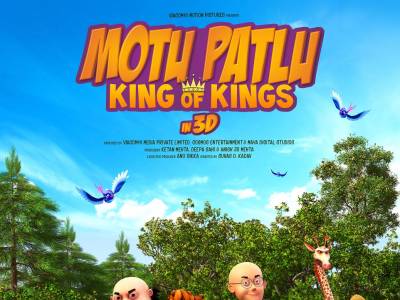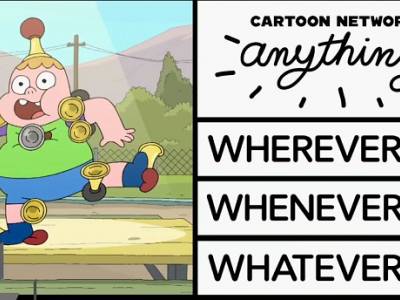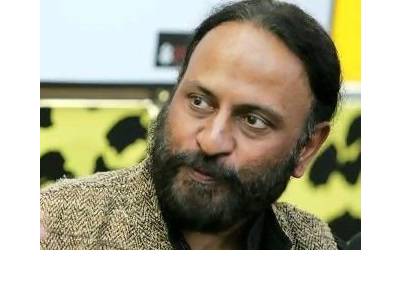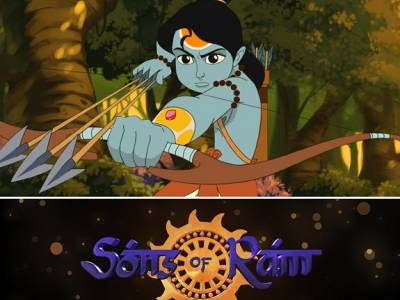Feature | Indian Animation Industry ' more than just cartoons
Although after that there were a few animated films made for the advertising world, UTV was the first corporate entity that planned animated versions of Amar Chitra Katha series in the 1990s. Unfortunately the project did not materialize and it was only after a decade Percept Picture Company (PPC) brought to India its Hanuman series of animation features ' "Hanuman and "hanuman Returns' The animation industry has come a long way since then and now is growing to be a full-fledged industry. However it is still in the nascent stages and the development has taken place only over a period of last twelve years.
Termed as one of the fastest growing industries, animation industry has seen the rapid development of technology that has enabled computer animation to be available to the masses. With the increase in broadcasting hours and growing popularity of the new media, the demand for animated content has been ever growing. Initially targeting only at children aged nine and below, the industry has been trying to churn out content aimed at family entertainment.
Ashish Kulkarni, CEO, BIG Animation, said, "Some of the frustrations in animation industry would be the competition treaties that needs to be worked upon. We need to get IP creation at par with outsourcing benefits that we have. We need to get 10 year tax solidity for animation, gaming and visual effects."
"Unfortunately in the last one and half decades, India has faced this problem of wrongly positioning animation content as a kid's genre. Many of the developing countries have also faced this problem. It has taken them 3 decades to overcome this problem. We are waiting for those kids who got exposed to animation in the early 90's to become mothers and fathers. So in another 7 years or so, we will see the transition of this industry becoming a family entertainment," he further added.
Kulkarni insists that the industry is here to grow, however people need to understand it is not about technology but about story-telling and film making.
Enumerating the reasons as to why this is one of the fastest growing industries, Frank foster, Senior Director and COO Maya Digital Studios, Mumbai said, "Indian market will be the most rapidly growing market globally for animation for a number of reasons. India has a very good education system and it has a very strong base of digital artists and animators and more people speak English in India than in England. It has the world's largest film making enterprise. It also has a rapidly growing young population who will eventually learn to appreciate animation more than so in the past."
The emergence of the revolution in hand held devices has further abetted the growth of the industry.
Mark Eyers, Vice President, Content, Turner Entertainment Networks Asia, Inc said, "I see enormous opportunities. It is going to continue to grow. The category is getting bigger. The advent of new media is actually adding to the growing audience. TV is not going down. I see third screen and second screen like interactive mobile getting bigger. So I see nothing but growth."
Munjal Shroff, Co-founder, Graphiti Multimedia is of the opinion that one of the key challenges is definitely the fact that there is very little in terms of government initiatives. "Some of the issues like providing tax breaks and co-production. A lot of these things have been pending for a very long time. Many people have come from the ministry and made promises but unfortunately hasn't delivered them," he elaborated.
According to the Ficci- PwC Entertainment and Media report 2008, the animation industry is estimated to grow at CAGR 24% to reach USD 0.94 billion by 2012. India has been doing really well in terms of content although the general attitude is, it can do with a much better style of storytelling by using its available infrastructure to the maximum. Also the government needs to pay more attention to this industry and provide better funds for its development and growth. Apart from these, there is nothing that can inhibit the escalating growth of this industry. | By Janees Antoo [janees(at)adgully.com]




















Share
Facebook
YouTube
Tweet
Twitter
LinkedIn